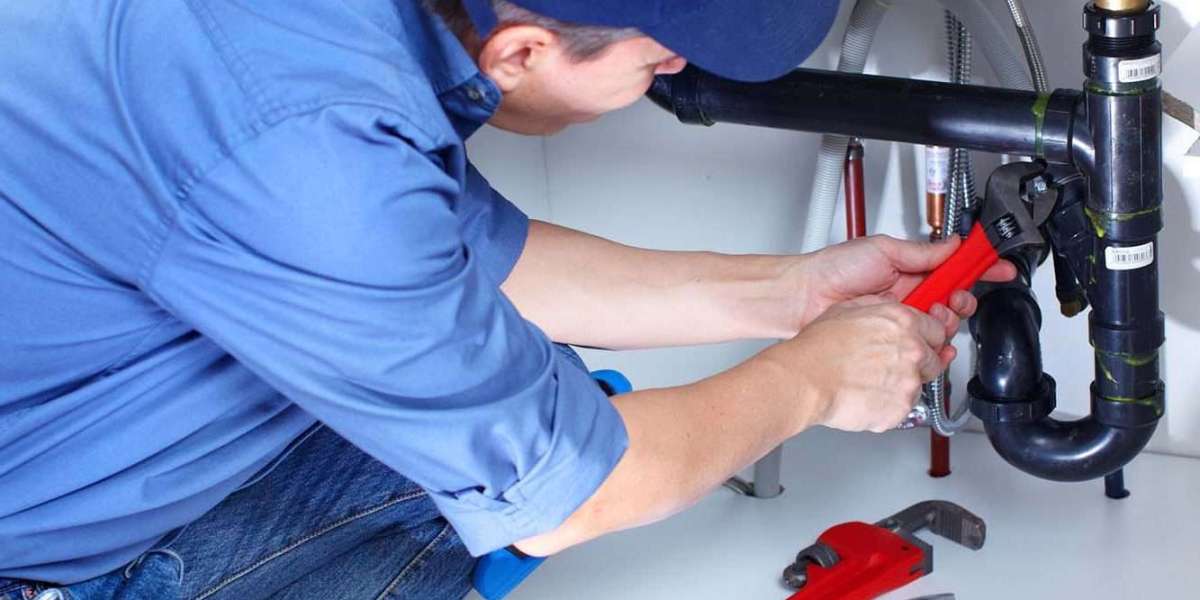Introduction to Shrimp Disease Diagnostics
Shrimp aquaculture has grown rapidly over the past few decades, becoming a vital component of global seafood production. However, the sustainability of this industry has been consistently threatened by the emergence and recurrence of infectious diseases. These outbreaks, often devastating, can result in massive production losses. This is where the shrimp disease diagnostics market plays a crucial role. The development and adoption of advanced diagnostic tools are reshaping shrimp farming practices and enabling more proactive disease management.
The Threat of Shrimp Diseases in Aquaculture
Shrimp are highly susceptible to a range of bacterial, viral, and fungal infections. Diseases such as White Spot Syndrome Virus (WSSV), Early Mortality Syndrome (EMS), and Infectious Hypodermal and Hematopoietic Necrosis Virus (IHHNV) have frequently led to large-scale mortality in shrimp farms. Without early detection, these pathogens can spread rapidly, compromising not only production but also the livelihood of farmers and the health of regional aquaculture economies.
Why Early Diagnosis is Vital
Timely detection is critical in minimizing losses and halting the spread of infectious agents. Diagnostic tools help farmers monitor shrimp health proactively, enabling them to take quick action before diseases can escalate. Modern diagnostic platforms offer precise and fast results, significantly improving disease management. The shift from reactive to preventive approaches is key in maintaining the stability and profitability of shrimp farming operations.
Types of Diagnostic Technologies
The shrimp disease diagnostics market features a range of technologies:
Molecular Diagnostics: Techniques like Polymerase Chain Reaction (PCR) and quantitative PCR (qPCR) allow for the accurate identification of shrimp pathogens at the genetic level. These tools are favored for their high sensitivity and specificity.
Immunodiagnostics: Enzyme-linked immunosorbent assays (ELISA) and lateral flow assays are commonly used for the detection of pathogen-specific antigens. These tools are cost-effective and suitable for rapid, on-site testing.
Biosensors and Lab-on-a-Chip Devices: Newer innovations include portable diagnostic platforms that combine miniaturized sensors with molecular technologies, allowing farmers to test shrimp health directly in the field.
Increasing Focus on Field-Based Diagnostics
The need for affordable, field-ready diagnostic kits is driving research and innovation. Portable devices and easy-to-use test kits are now in demand, especially in regions where access to laboratory infrastructure is limited. These tools are tailored for non-specialist use, making them ideal for shrimp farmers who need real-time health data without relying on centralized testing labs.
Market Trends Supporting Growth
Several key trends are supporting the expansion of the shrimp disease diagnostics market:
Expansion of Shrimp Farming in Developing Economies: Countries in Southeast Asia and Latin America are investing heavily in aquaculture, increasing demand for robust diagnostic tools.
Rising Aquaculture Biosecurity Regulations: Regulatory authorities are encouraging or mandating regular disease monitoring and early detection protocols to maintain farm biosecurity and prevent transboundary disease outbreaks.
Integration of AI and IoT in Aquaculture: Advanced shrimp farms are now integrating diagnostics with artificial intelligence and Internet of Things (IoT) platforms to track and predict disease patterns, enhancing decision-making capabilities.
Challenges Facing the Industry
While innovation continues, the industry faces challenges such as high diagnostic costs, limited awareness among small-scale farmers, and the need for skilled technicians in molecular testing. Bridging the gap between high-tech solutions and practical application in rural areas is a continuing priority.
Leading Companies in the Market
A number of companies are contributing to the development of effective shrimp diagnostics, including:
GeneReach Biotechnology Corp.
Thermo Fisher Scientific
Agdia Inc.
Neogen Corporation
Biopanda Reagents
These players are focused on introducing faster, more accurate, and affordable diagnostic solutions for shrimp farming communities around the world.
Future Outlook
The shrimp disease diagnostics market is on a growth trajectory, driven by technological advancements and the increasing need for sustainable aquaculture practices. As the global demand for shrimp continues to climb, farmers will increasingly rely on efficient and reliable diagnostics to maintain production and safeguard shrimp health. Enhanced awareness, government initiatives, and investment in R&D are set to further boost the adoption of these tools.
Explore our latest reports
? Stay ahead in the healthcare industry. Browse our latest insights now!
About Market Research Future (MRFR)
Market Research Future (MRFR) is a global market research firm that provides comprehensive insights into market trends, drivers, challenges, and opportunities. We offer a broad range of market intelligence reports and consulting services to help businesses and enterprises in various industries make informed decisions
Media Contact:
Market Research Future (MRFR)
Phone: +1-646-845-9312
Email: contact@marketresearchfuture.com
Website: marketresearchfuture













